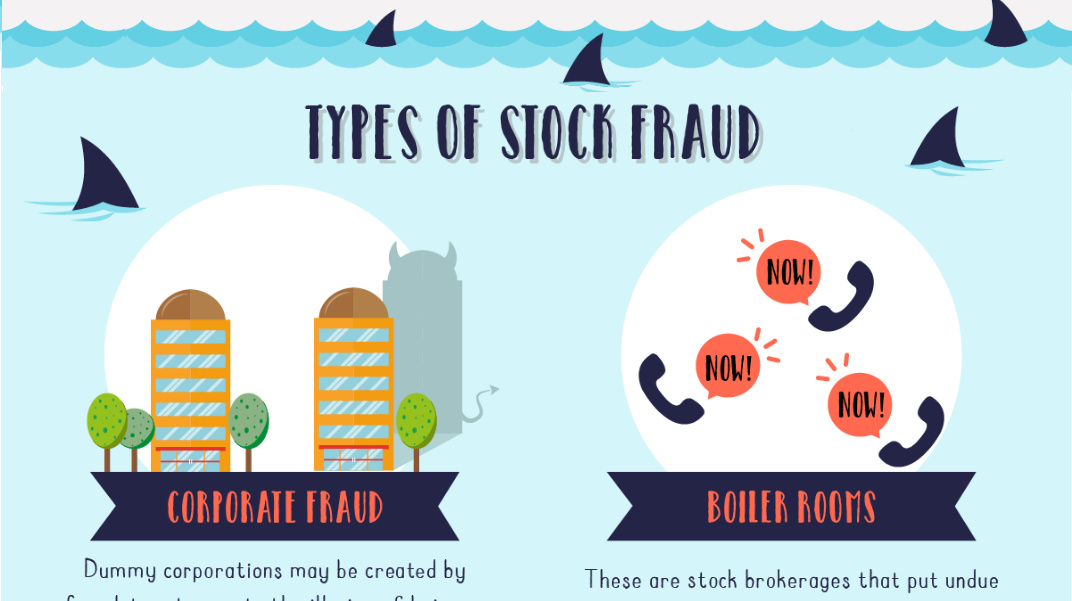How Algorithms Have Changed the Face of Wall Street
In these modern times, it feels as if everything (and sometimes, everyone) is being replaced by electronics and computers. The financial industry is no exception. Algorithms have changed the way investors are trading on the stock market and it has made the process incredibly efficient. However, in addition to the benefits of technology in trading, there have been many problems that have come to light. Through the increased capabilities of advanced computers and algorithms, high frequency trading (HFT) is made possible. High frequency trading is the rapid trade of stock and securities through use of advanced computer tools and algorithms. While proponents of HFT would argue that they provide liquidity to the market and decrease overall costs, it has also arguably put mom and pop investors at a disadvantage when competing with investment banks and hedge funds. Quite simply, individual investors do not have the technological resources or the proximity to keep up with the speed their larger counterparts trade at. Financial journalist, Michael Lewis, recently released an expose book, Flash Boys, which focuses on HFT in the American equity market. Mr. Lewis’ book suggests that “the market is rigged” and that stock fraud is rampant through the illegal practice of insider trading. In the wake of the media storm surrounding the release of the book, the FBI, US Department of Justice, and the New York Attorney General’s office have all launched investigations into HFT practices. The New York Stock Exchange was even fined $4.5 million for charges related to Lewis’ book. In one famous case of Virtu Financial, the HFT firm lost money on only one day of 1,238 days of trading. With instances like this, retail investors have to ask themselves who is really making the big bucks in the market. Original infographic from: QuantConnect.com on Last year, stock and bond returns tumbled after the Federal Reserve hiked interest rates at the fastest speed in 40 years. It was the first time in decades that both asset classes posted negative annual investment returns in tandem. Over four decades, this has happened 2.4% of the time across any 12-month rolling period. To look at how various stock and bond asset allocations have performed over history—and their broader correlations—the above graphic charts their best, worst, and average returns, using data from Vanguard.
How Has Asset Allocation Impacted Returns?
Based on data between 1926 and 2019, the table below looks at the spectrum of market returns of different asset allocations:
We can see that a portfolio made entirely of stocks returned 10.3% on average, the highest across all asset allocations. Of course, this came with wider return variance, hitting an annual low of -43% and a high of 54%.
A traditional 60/40 portfolio—which has lost its luster in recent years as low interest rates have led to lower bond returns—saw an average historical return of 8.8%. As interest rates have climbed in recent years, this may widen its appeal once again as bond returns may rise.
Meanwhile, a 100% bond portfolio averaged 5.3% in annual returns over the period. Bonds typically serve as a hedge against portfolio losses thanks to their typically negative historical correlation to stocks.
A Closer Look at Historical Correlations
To understand how 2022 was an outlier in terms of asset correlations we can look at the graphic below:
The last time stocks and bonds moved together in a negative direction was in 1969. At the time, inflation was accelerating and the Fed was hiking interest rates to cool rising costs. In fact, historically, when inflation surges, stocks and bonds have often moved in similar directions. Underscoring this divergence is real interest rate volatility. When real interest rates are a driving force in the market, as we have seen in the last year, it hurts both stock and bond returns. This is because higher interest rates can reduce the future cash flows of these investments. Adding another layer is the level of risk appetite among investors. When the economic outlook is uncertain and interest rate volatility is high, investors are more likely to take risk off their portfolios and demand higher returns for taking on higher risk. This can push down equity and bond prices. On the other hand, if the economic outlook is positive, investors may be willing to take on more risk, in turn potentially boosting equity prices.
Current Investment Returns in Context
Today, financial markets are seeing sharp swings as the ripple effects of higher interest rates are sinking in. For investors, historical data provides insight on long-term asset allocation trends. Over the last century, cycles of high interest rates have come and gone. Both equity and bond investment returns have been resilient for investors who stay the course.






